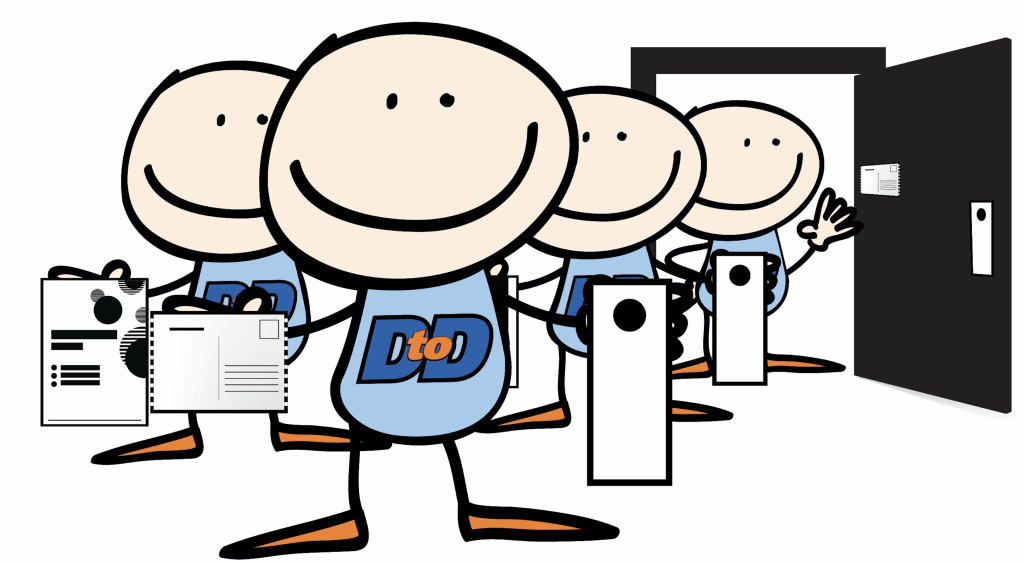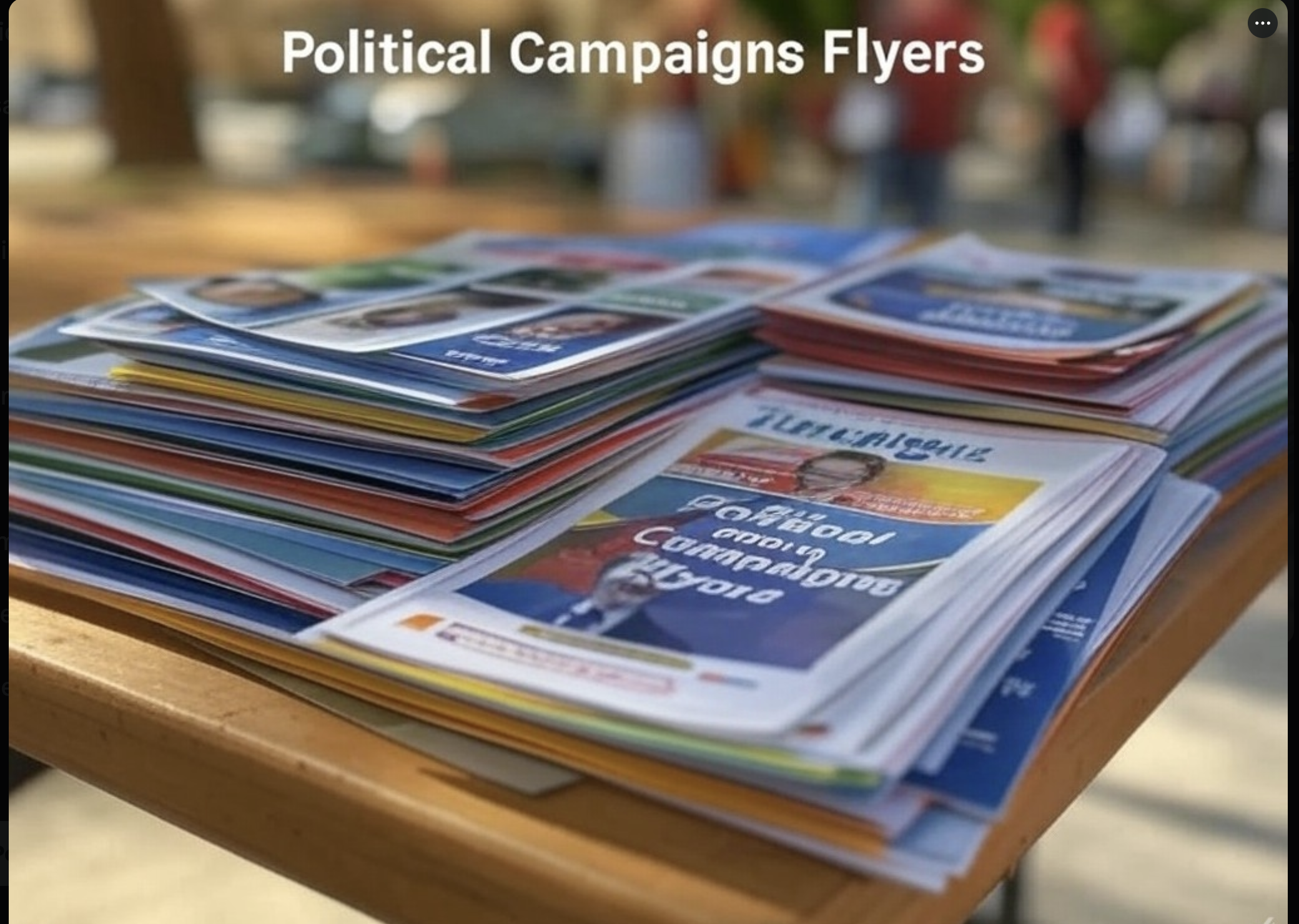
Understanding the Purpose of Your Flyer
Before diving into the design and content of your flyer, it’s essential to define its purpose. A flyer without a clear goal is like a ship without a rudder—it may look good, but it won’t get you where you want to go. Are you promoting a new product? Announcing a grand opening? Offering a limited-time discount? Each of these objectives requires a different approach to design, messaging, and distribution.
For example, a flyer promoting a product should focus on its unique selling points and benefits, while an event announcement might prioritize the date, time, and location. A discount flyer, on the other hand, should prominently feature the offer and create urgency with phrases like “Limited Time Only” or “Act Now.” By defining your flyer’s purpose upfront, you can ensure that every design element and word of copy aligns with your goal, making your marketing efforts more effective.
Knowing Your Target Audience
Understanding your target audience is the cornerstone of any successful marketing campaign, and door-to-door flyers are no exception. Who are you trying to reach? Are they young professionals, families, or retirees? What are their interests, pain points, and preferences? The more you know about your audience, the better you can tailor your flyer to resonate with them.
For instance, a flyer targeting young professionals might use sleek, modern designs and concise, benefit-driven copy. On the other hand, a flyer aimed at families could feature warm, inviting visuals and emphasize community or family-friendly benefits. Knowing your audience also helps you choose the right tone—whether it’s formal, casual, or playful—and ensures that your message speaks directly to their needs and desires.
Crafting a Compelling Headline
Your headline is the first thing people will notice, and it can make or break your flyer’s effectiveness. A compelling headline grabs attention immediately and entices the reader to learn more. To achieve this, use action-oriented language, address a specific need or pain point, and keep it concise.
For example, instead of a generic headline like “New Product Available,” opt for something more engaging like “Transform Your Home with Our Revolutionary Cleaning Solution!” This not only piques curiosity but also highlights the benefit to the customer. Additionally, consider using power words like “Free,” “Exclusive,” or “Limited Time” to create urgency and excitement.
Designing an Eye-Catching Layout
Choosing the Right Colors and Fonts
Colors and fonts play a significant role in how your flyer is perceived. Choose a color scheme that aligns with your brand while also appealing to your target audience. For example, a health and wellness brand might use calming greens and blues, while a tech company could opt for bold, futuristic colors like black and neon.
Fonts should be legible and consistent with your brand identity. Avoid overly decorative fonts that can be hard to read, especially for key information like your headline or call-to-action. A combination of a bold font for headlines and a clean, simple font for body text often works best.
Balancing Text and Visuals
A cluttered flyer can overwhelm the reader and dilute your message. Strive for a balanced layout that uses white space effectively to guide the reader’s eye. Place your most important information—like the headline and call-to-action—in prominent positions, and use visuals to complement, not overshadow, your text.
For example, if you’re promoting a new product, include a high-quality image of the product alongside a brief description of its benefits. Avoid cramming too much text into your flyer; instead, focus on delivering your message in a clear and concise manner.
Using High-Quality Images
Images can make or break the visual appeal of your flyer. Low-quality or irrelevant images can make your flyer look unprofessional and fail to capture attention. Invest in high-quality, professional images that are relevant to your message.
For instance, if you’re advertising a restaurant, include mouthwatering photos of your best dishes. If you’re promoting a service, use images that depict happy customers or the service in action. Ensure that all images are properly sized and optimized for print to avoid pixelation.
Writing Persuasive Copy
Focusing on Benefits Over Features
When writing copy for your flyer, it’s tempting to list all the features of your product or service. However, customers are more interested in how those features will benefit them. Instead of saying, “Our vacuum cleaner has a HEPA filter,” say, “Breathe easier with our vacuum cleaner that removes 99.9% of allergens.”
By focusing on benefits, you show customers how your product or service solves their problems or improves their lives, making your flyer more compelling and persuasive.
Including a Clear Call-to-Action (CTA)
A strong call-to-action (CTA) is essential for driving the desired response from your audience. Whether you want them to visit your store, call for more information, or redeem a discount, your CTA should be clear, actionable, and easy to follow.
For example, instead of a vague CTA like “Learn More,” use something specific like “Call Now to Schedule Your Free Consultation!” or “Visit Us Today for 20% Off Your First Purchase!” Make sure your CTA stands out visually, using bold fonts or contrasting colors to draw attention.

Adding Essential Information
Every flyer should include key details that make it easy for customers to take the next step. This includes your business name, contact information (phone number, email, website), physical address, and social media handles. If you’re promoting an event, don’t forget to include the date, time, and location.
Clarity and accuracy are crucial here. Double-check all information to ensure there are no typos or errors, as these can undermine your credibility and frustrate potential customers.
Optimizing for Door-to-Door Distribution
Choosing the Right Paper and Print Quality
The quality of your flyer reflects the quality of your business. Opt for durable, high-quality paper that feels substantial in the hand. Glossy finishes can make colors pop, while matte finishes offer a more sophisticated look.
Timing and Targeting Your Distribution
Timing is everything in door-to-door marketing. Distribute your flyers when your target audience is most likely to be home, such as evenings or weekends. Additionally, focus on neighborhoods or areas where your target audience is concentrated to maximize your impact.
Tracking the Effectiveness of Your Campaign
To measure the success of your flyer campaign, include trackable elements like unique promo codes, QR codes, or dedicated landing pages. This allows you to monitor responses and adjust your strategy for future campaigns.
Common Mistakes to Avoid
Avoid common pitfalls like overcrowding your design, using low-quality images, or failing to include a clear CTA. These mistakes can make your flyer less effective and waste your marketing budget. Instead, focus on creating a clean, professional design with a clear and compelling message.
Examples of Successful Door-to-Door Flyers
One example of a successful flyer is a local gym’s promotion offering a free trial week. The flyer featured a bold headline (“Get Fit for Free!”), high-quality images of the gym facilities, and a clear CTA (“Sign Up Today at [website link]”). The gym also included a unique promo code to track responses, allowing them to measure the campaign’s effectiveness.
Tools and Resources for Creating Flyers
Creating a professional flyer doesn’t have to be complicated. Tools like Canva and Adobe Spark offer user-friendly templates and design features, while professional design services can provide a more customized approach. For printing, consider services like Vistaprint or local print shops that offer high-quality materials and finishes.
Final Checklist for an Effective Flyer
Before printing and distributing your flyer, review this checklist:
- Clear and compelling headline
- Balanced layout with effective use of white space
- High-quality images and professional design
- Persuasive, benefit-focused copy
- Clear and actionable CTA
- Accurate and complete contact information
- Durable, high-quality paper and print
By following these guidelines, you can create a flyer that not only grabs attention but also drives results.


